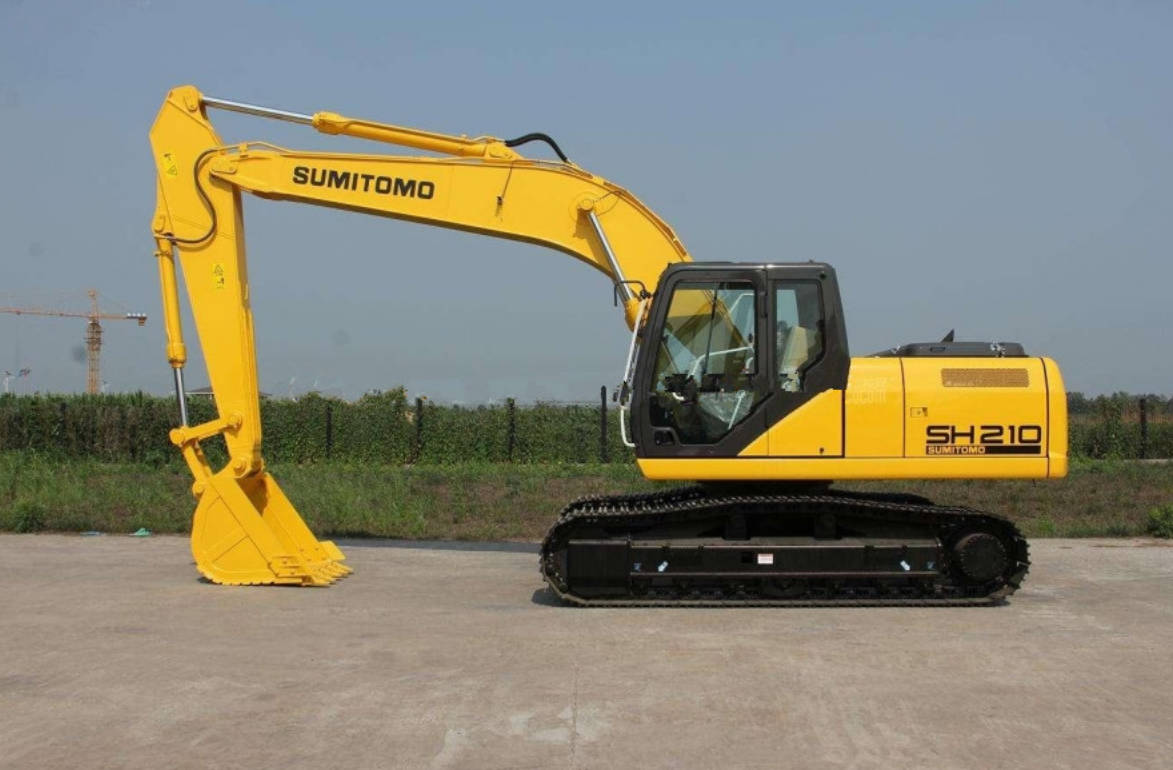Hydraulic excavators are a great help in construction work, but their efficient operation depends on proper operation and maintenance. In this article, we will introduce in detail the correct operation, parking and post-completion inspection of hydraulic excavators to ensure stable operation and minimize malfunctions.
1. Correct operation of hydraulic excavator slewing and working equipment
• Slewing operation: Trigger the level to the left or right, the excavator can realize slewing in the corresponding direction.
• Work unit operation: Trigger the left joystick forward or backward to dig or unload the bucket. After releasing the joystick, the working device will automatically stop at the current position.
2. Prohibited operation of the excavator
• It is prohibition to use slewing to compact the soil or destroy mounds or buildings, and to avoid inserting the half-tooth into the soil when slewing.
• It is prohibited to dig with walking force after the bucket is inserted into the ground.
• The movement of the hydraulic steel piston rod shall be avoided to reach the end of the stroke and a safe distance shall be kept.
• The bucket shall not be applied as a manuscript, crusher or pile driver.
• It is prohibited to excavate into the ground after the machine has been raised.
• Rocky ground shall be crushed before excavation.
• When the machine is driven out from the water, the inclination angle needs to be less than 15 degrees to avoid exceeding the allowable water depth. The parts that have been immersed for a long time need to be lubricated with grease in time.
3. Parking and post-completion inspection of the hydraulic excavator.
• Step for stopping: Put the left and right walking lever in the center position, the machine will stop walking.
• Parking step:
1. Place the travel lever in the center position to stop travel.
2. Reduce the engine speed to idle, turn off the engine after 5 minutes of operation, and let the machine cool down naturally.
3. Adjust the bucket lever to vertical position and lower the bucket horizontally to touch the ground.
4. Place the safety lock lever in the locked position.
5. Turn off the engine and remove the key.
6. make sure all windows, doors and lids are closed and locked before leaving.
• Check after completion:
1. Check engine coolant temperature, oil pressure, oil temperature and diesel fuel level.
2. Refill diesel fuel to proper level to avoid overfilling resulting in spillage.
3. Clean mud and dirt from the track assemble.
4. Check the hydraulic oil, diesel fuel, engine oil and coolant for leakage, and also check the working device, track assemble and slewing bearing device for damage, and repair them immediately if any.
Following the above operating guidelines not only ensures the stable operation of the hydraulic excavator, but also effectively extends the service life of the machine and brings more convenience and benefits to the engineering operations.
Post time: Sep-15-2024

